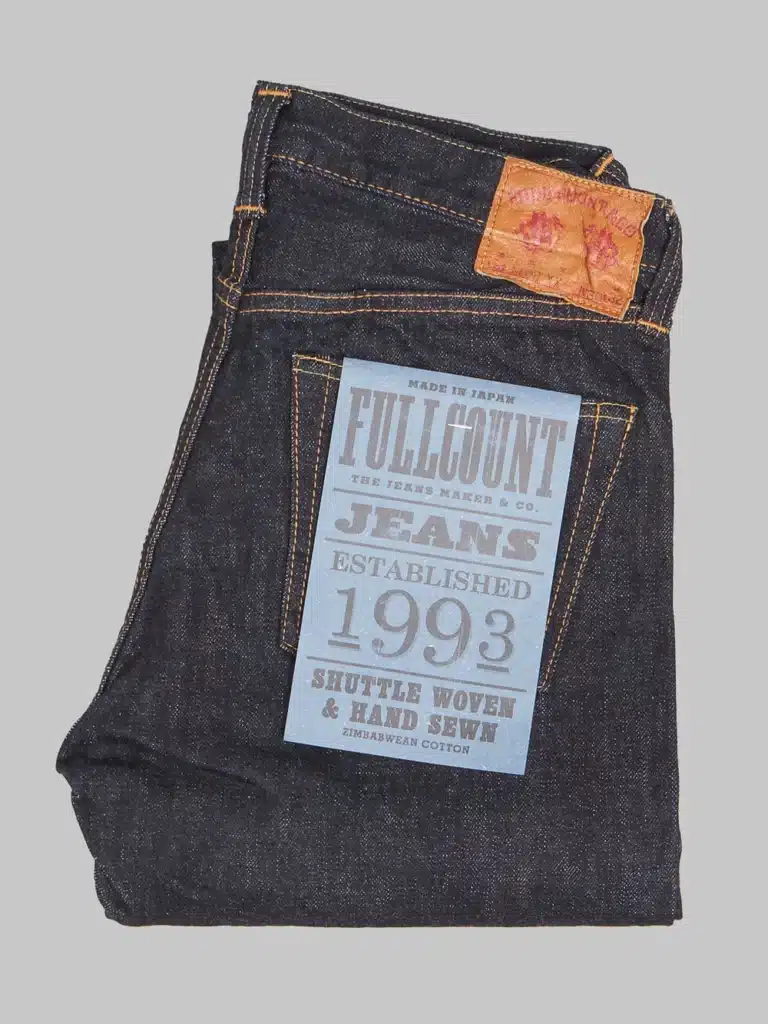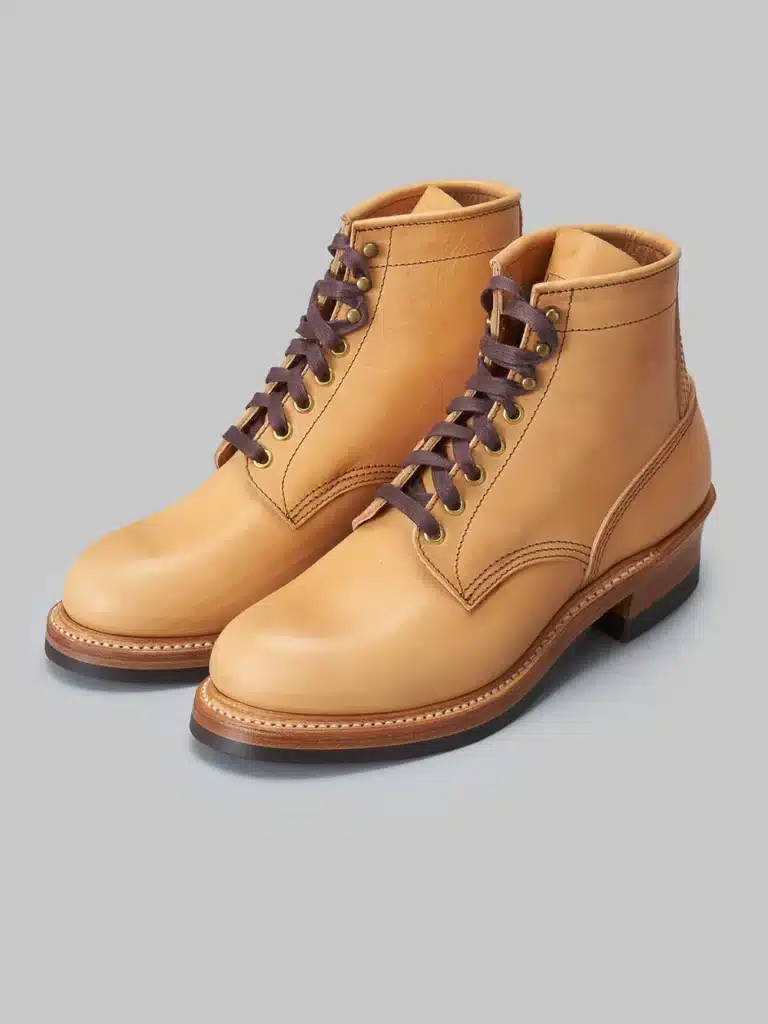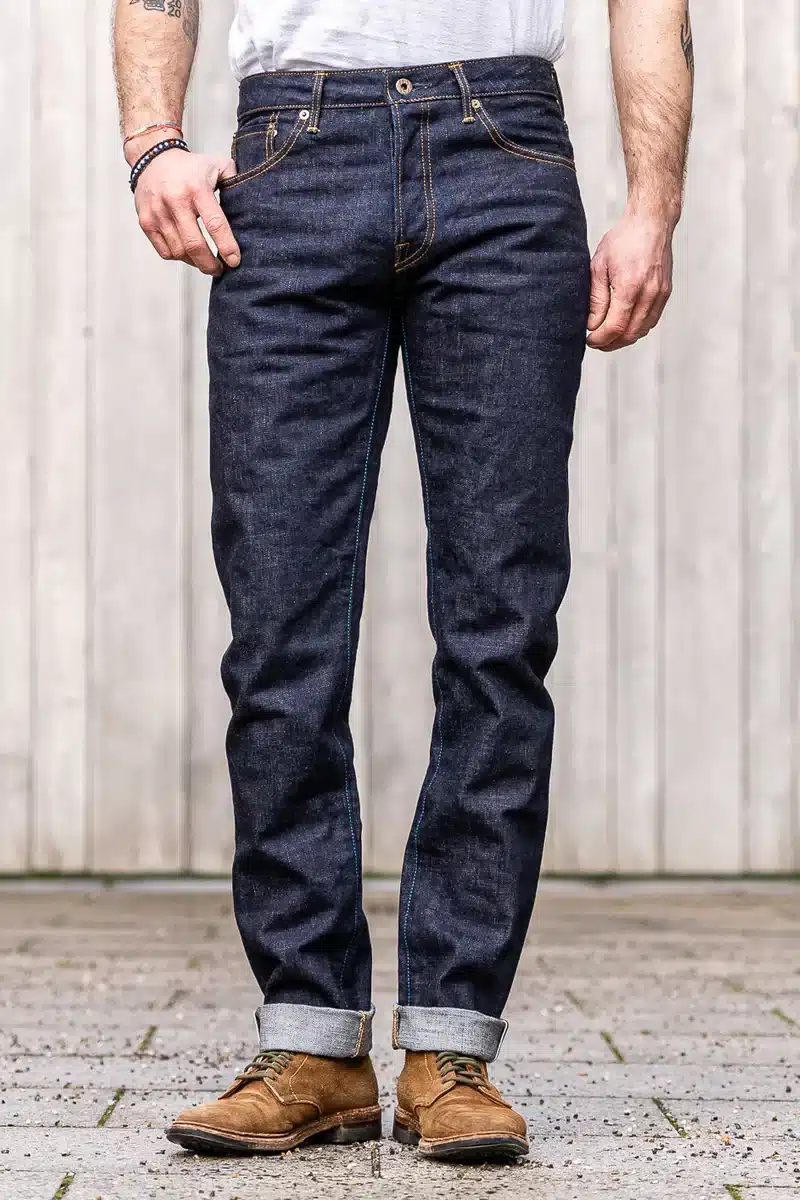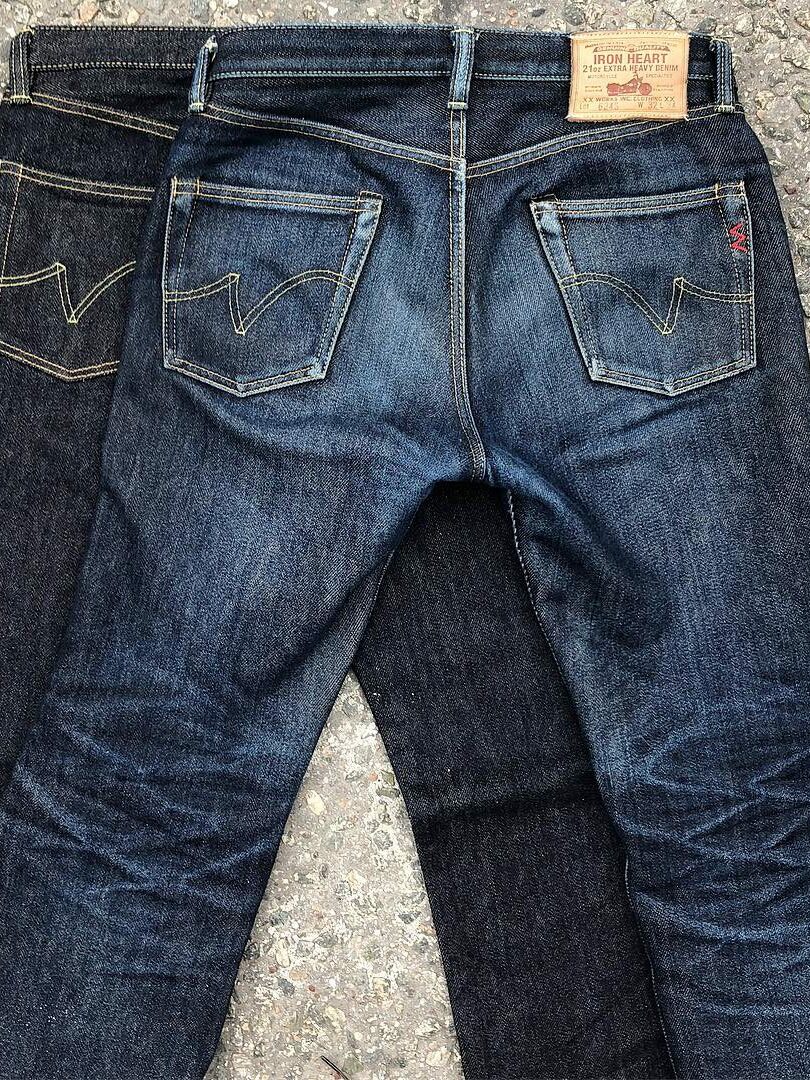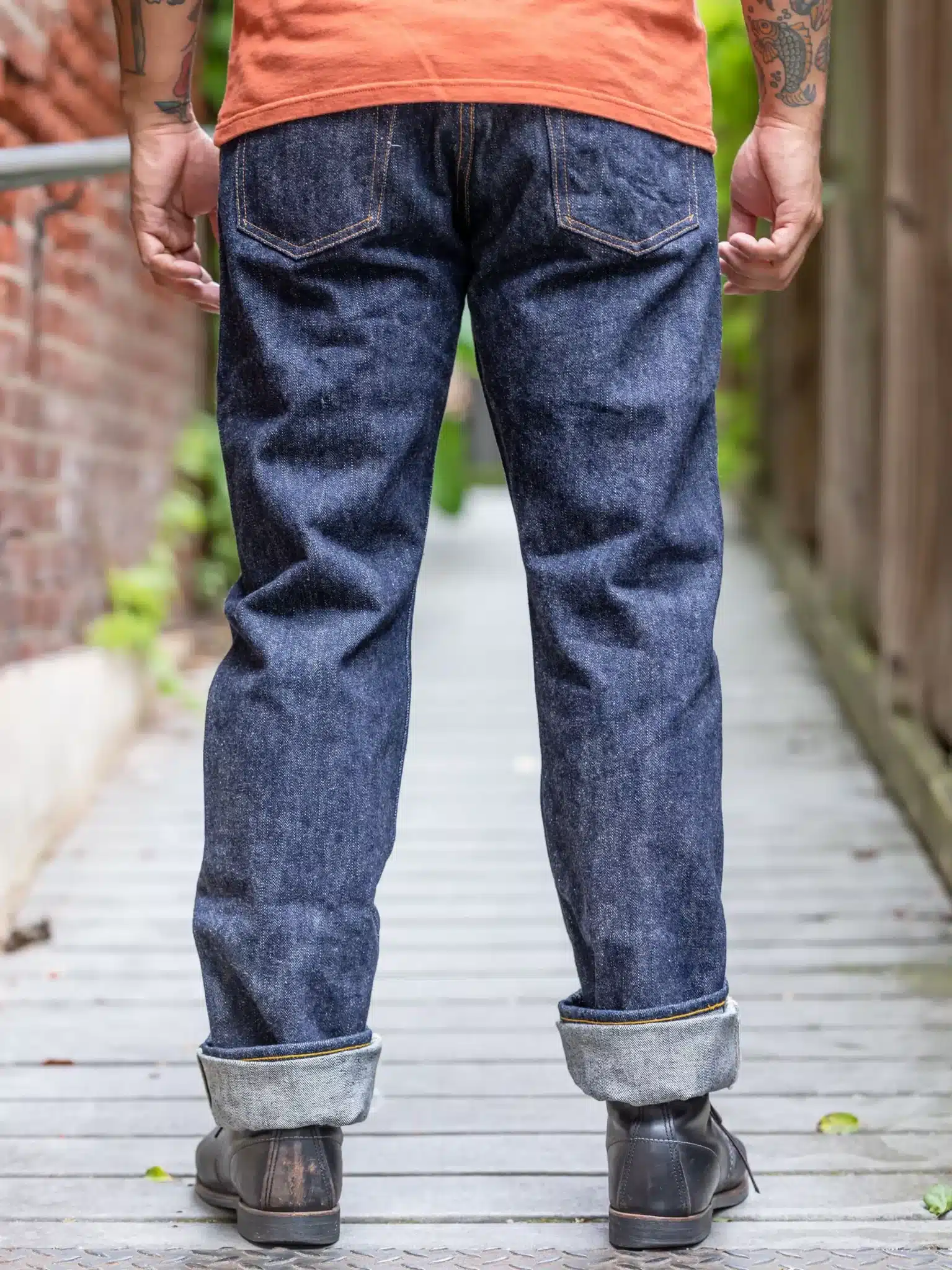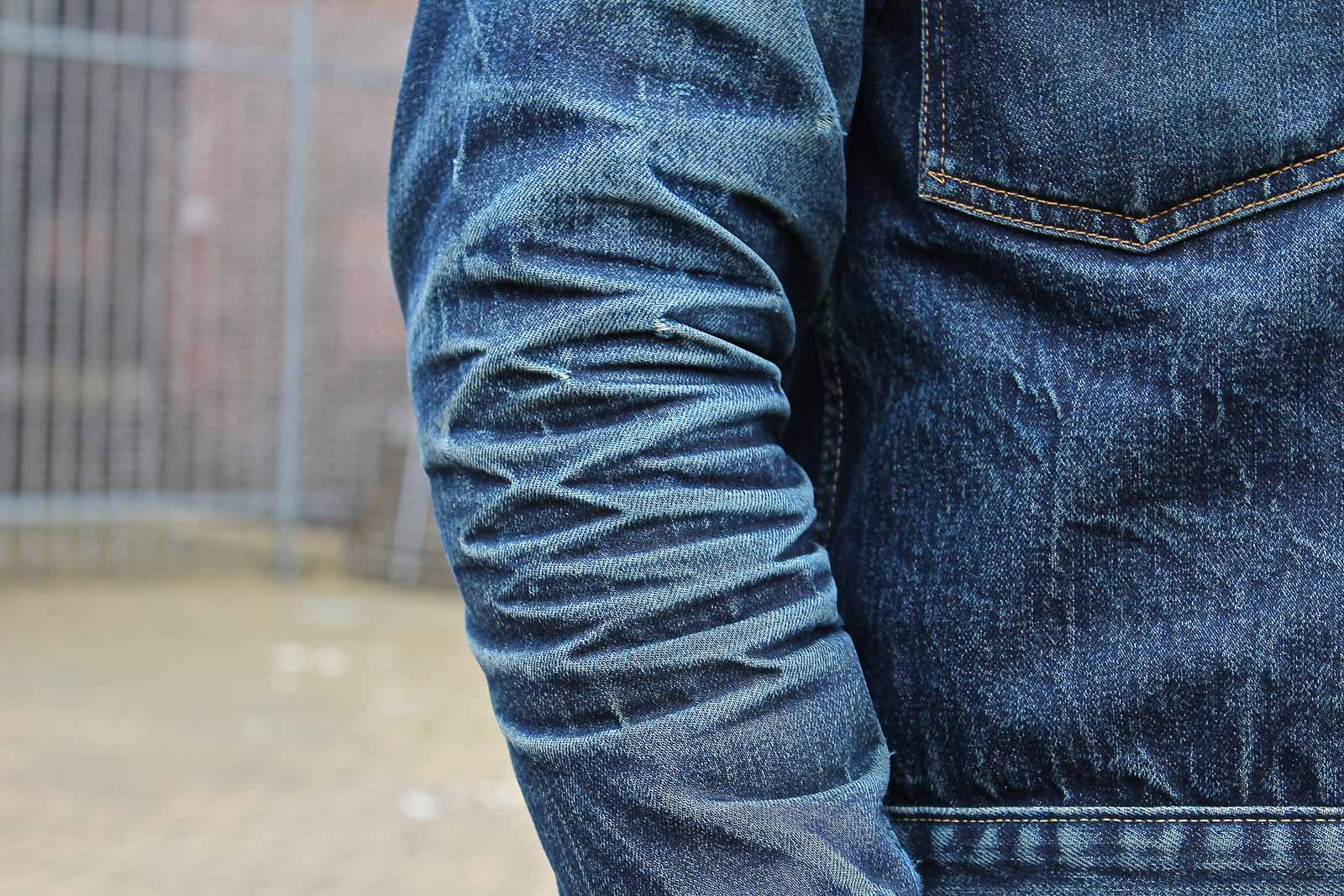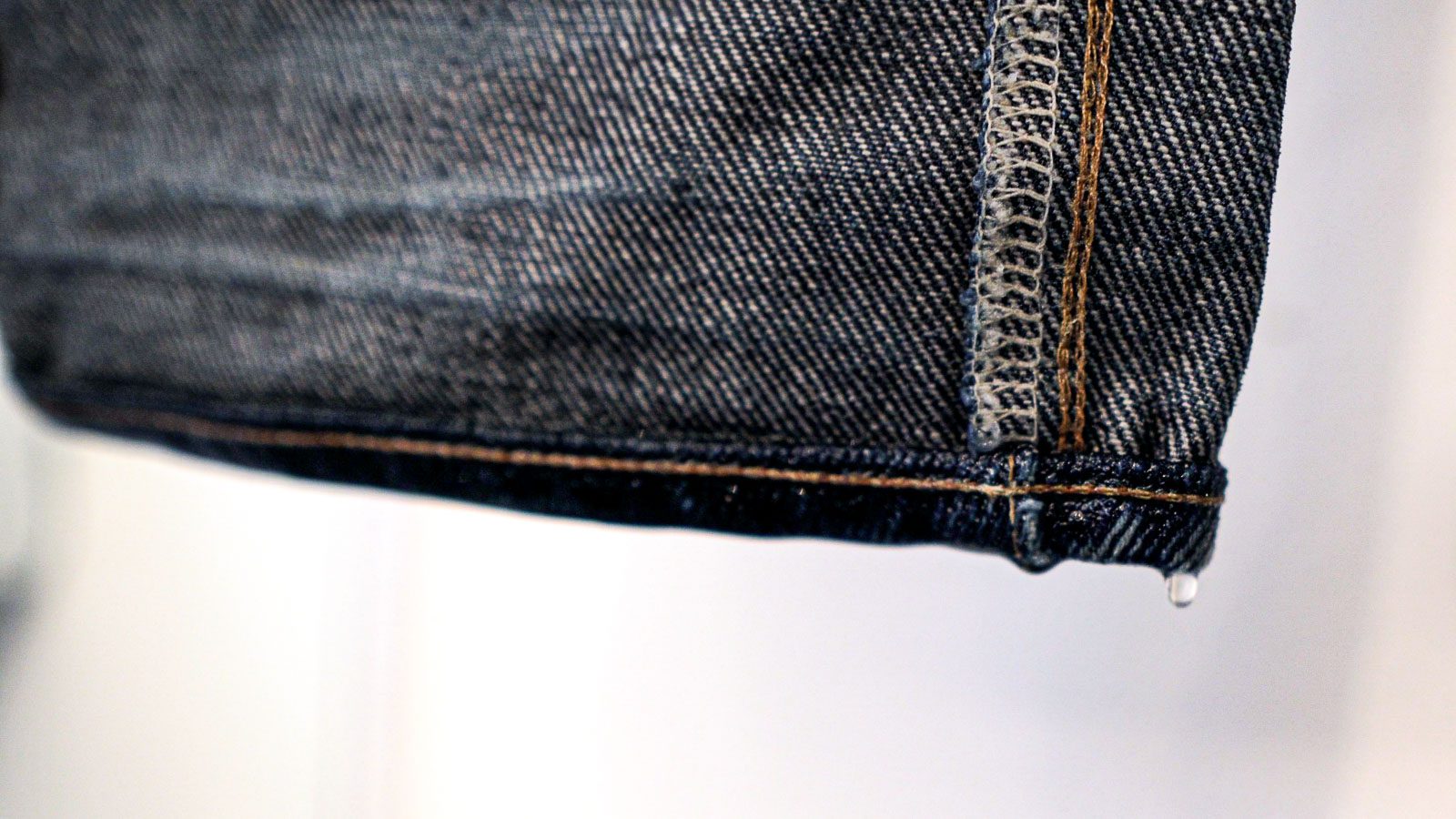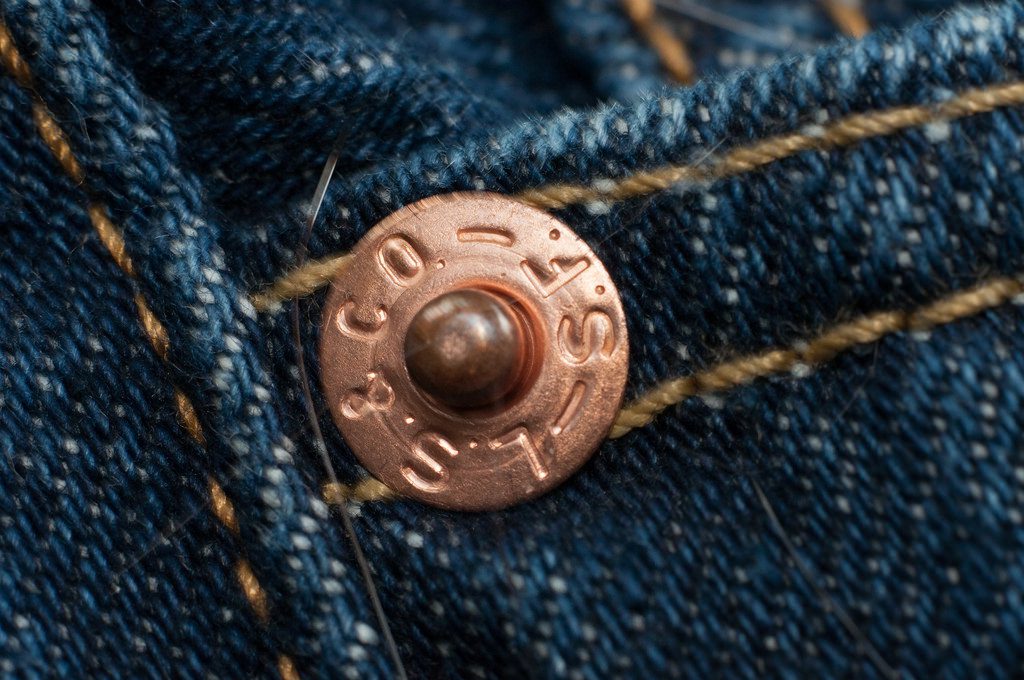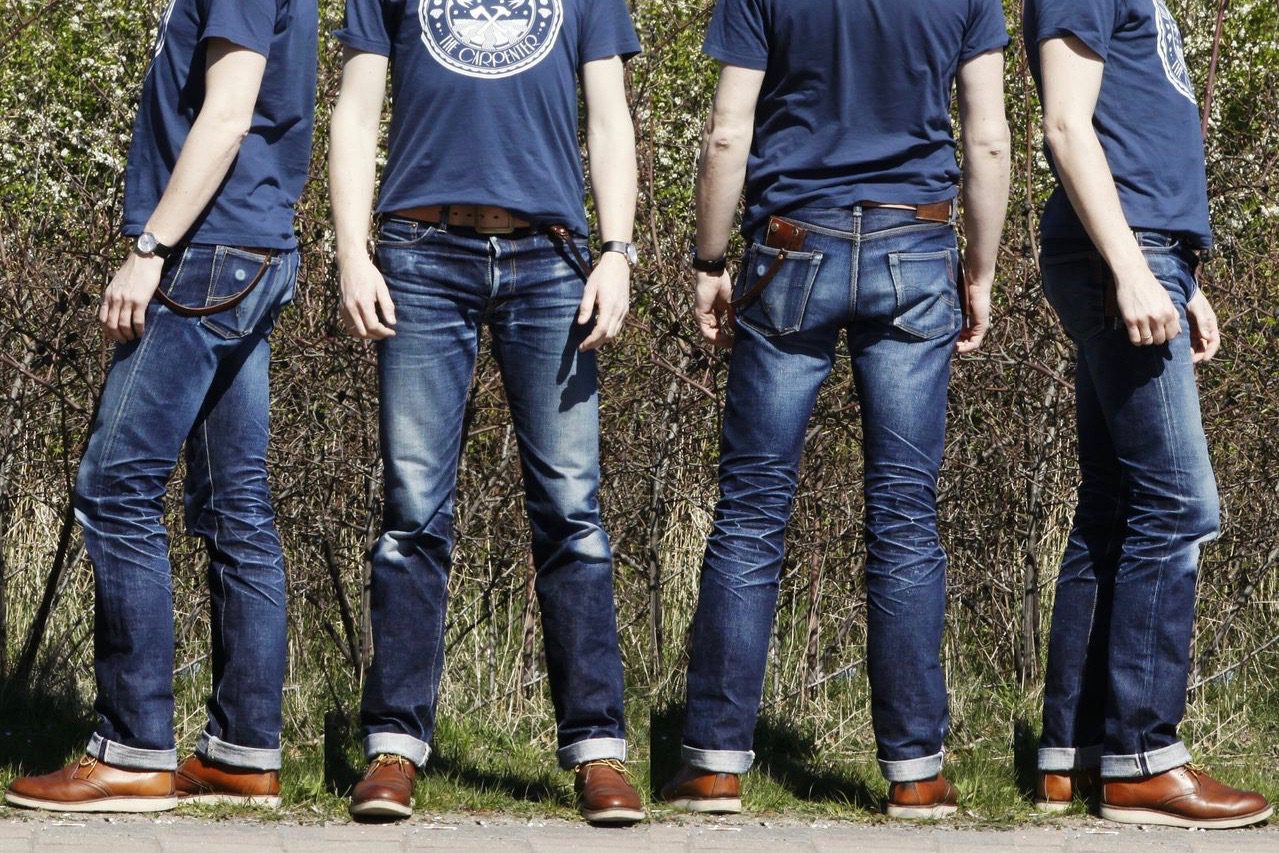9 Tips to Help You Get the Raw Denim Fades You’ve Always Wanted
In 2008, when I got my first job selling selvedge jeans, I began learning as much as I could about raw denim and why it fades. A few years later, I launched this website as a place to share my (then newly-acquired) denim knowledge.
Today, 15 years later, I’m making my living helping companies tell stories that excite, engage, and convert. I’ve even developed my own method.
But while I’ve kept Denimhunters going all those years—publishing hundreds of articles, including several guides about how to wash your raw denim—I’ve never actually published anything on ‘how to get raw denim fades’.

It’s a question we get asked all the time. The thing is, there’s no silver bullet that will magically get you great fades (at least, not quickly).
That said, following the 9 tips in this guide will help you get the best possible fades you can from your raw denim jeans.
Before you dive in, though, you need to start with a great pair of made-to-fade selvedge jeans. If you haven’t already ticked this box, start with a visit to our buying guides (start with our selvedge masterlist).
Hand-Picked Must-Haves and Essentials
Sorry to interrupt your reading but we’ve found these products that we really think you should take a closer look at!
Support us when you shop: We earn a small commission when you buy from these merchants.
If you’re entirely new to raw denim, you might have questions. What is raw denim? What is selvedge? You can find the answers to these questions and many more in our Denim Encyclopedia.
#1: Buy Raw and Ring-Spun Selvedge Denim
Pick raw, unwashed selvedge denim. Simple as that. One-washed denim is great, but if you want high-contrast fades as quickly as possible, you need to start with unwashed denim.
Before you buy, make sure that you can answer yes to both of the questions below:
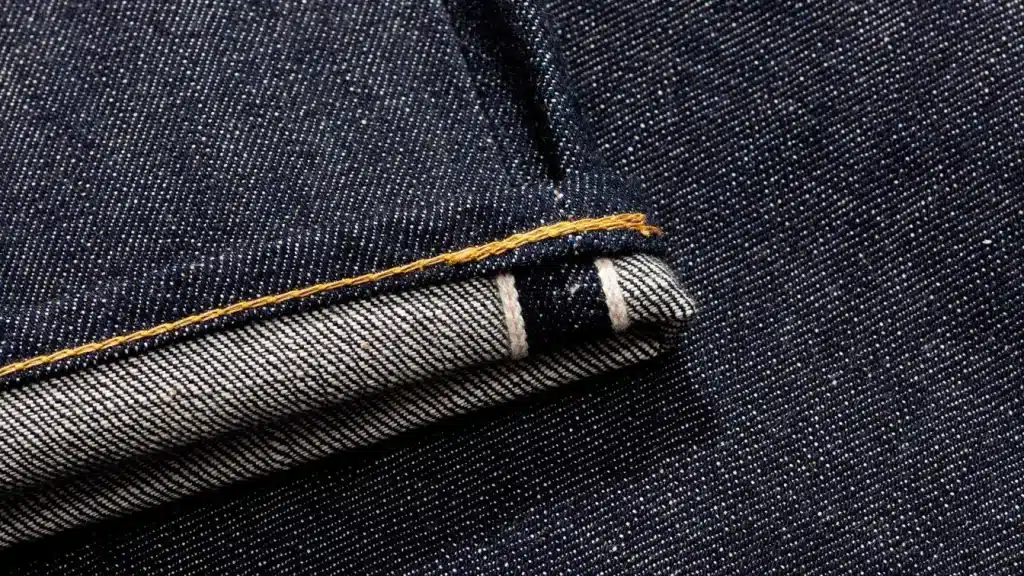

1) Is it selvedge denim?
The denim should be woven on shuttle looms (in other words, it should be selvedge denim). This weaving method puts less tension on the yarn, which gives the denim more character and helps produce better fades.
This question is (really) easy to find the answer to; just check the outseams for self-edges like those pictured above. If the outseams look like the ones pictured below, keep looking.
Looking for the Biggest Bang for Your Buck?
Great selvedge isn’t necessarily expensive. If you’re looking for big value for your money, your safest bets are: TCB 60s Regular Straight (€180), Japan Blue J301 ($185), and Sugar Cane 2009 ($195).
2) Is the yarn ring spun?
Probably 99% of all selvedge jeans are made from ring-spun yarn. But ask the seller you’re buying from or review the online product description (and if you can’t find this information then ask).
You want the denim to be made from ring-spun yarn because this spinning process ensures that as little indigo as possible gets into the core of the yarn.
If you want fades, you need yarns that have been dyed so that the colour sits on the surface rather than penetrating to the core of the yarn. This is the best starting point for high-contrast fades.
You can learn more about ring-spinning in our Encyclopedia entry on the topic.
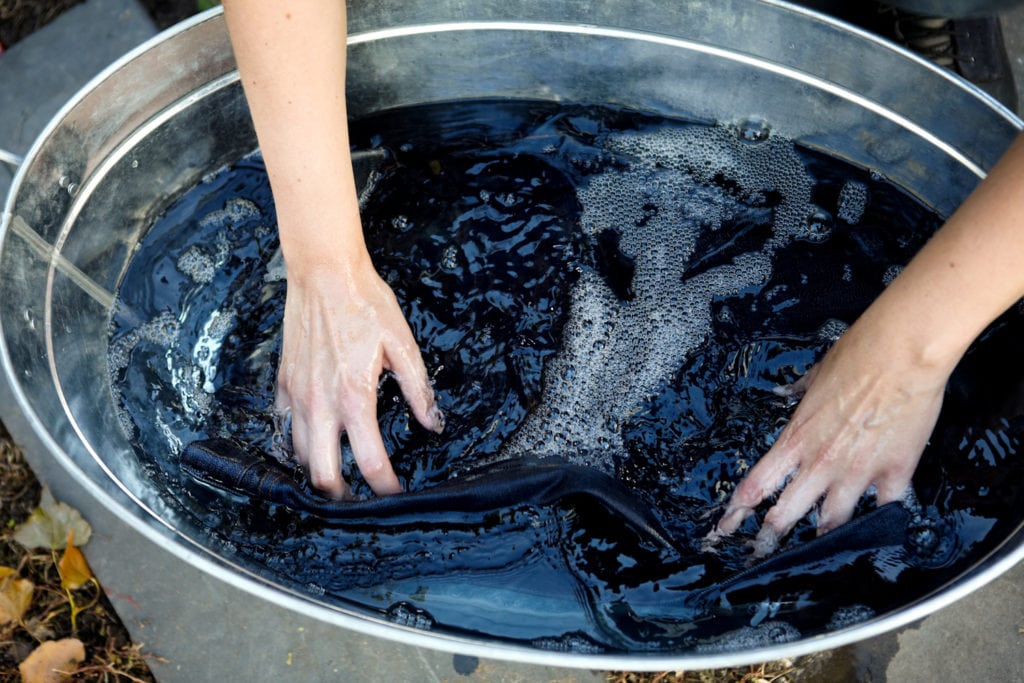
#2: Soak Before You Wear
Soaking raw denim is a strongly debated topic among raw denim aficionados. Some swear by it; others would never ever do it.
We recommend it. Soaking your raw denim jeans in cold water (just water—no detergent) before you start wearing them softens the denim just a bit and helps sink the stitches deep into the denim. This will help your jeans last longer, and you won’t lose much colour.
The result: You’ll be able to wear the jeans for longer without repairing them. This is key if you want to develop higher-contrast fades.
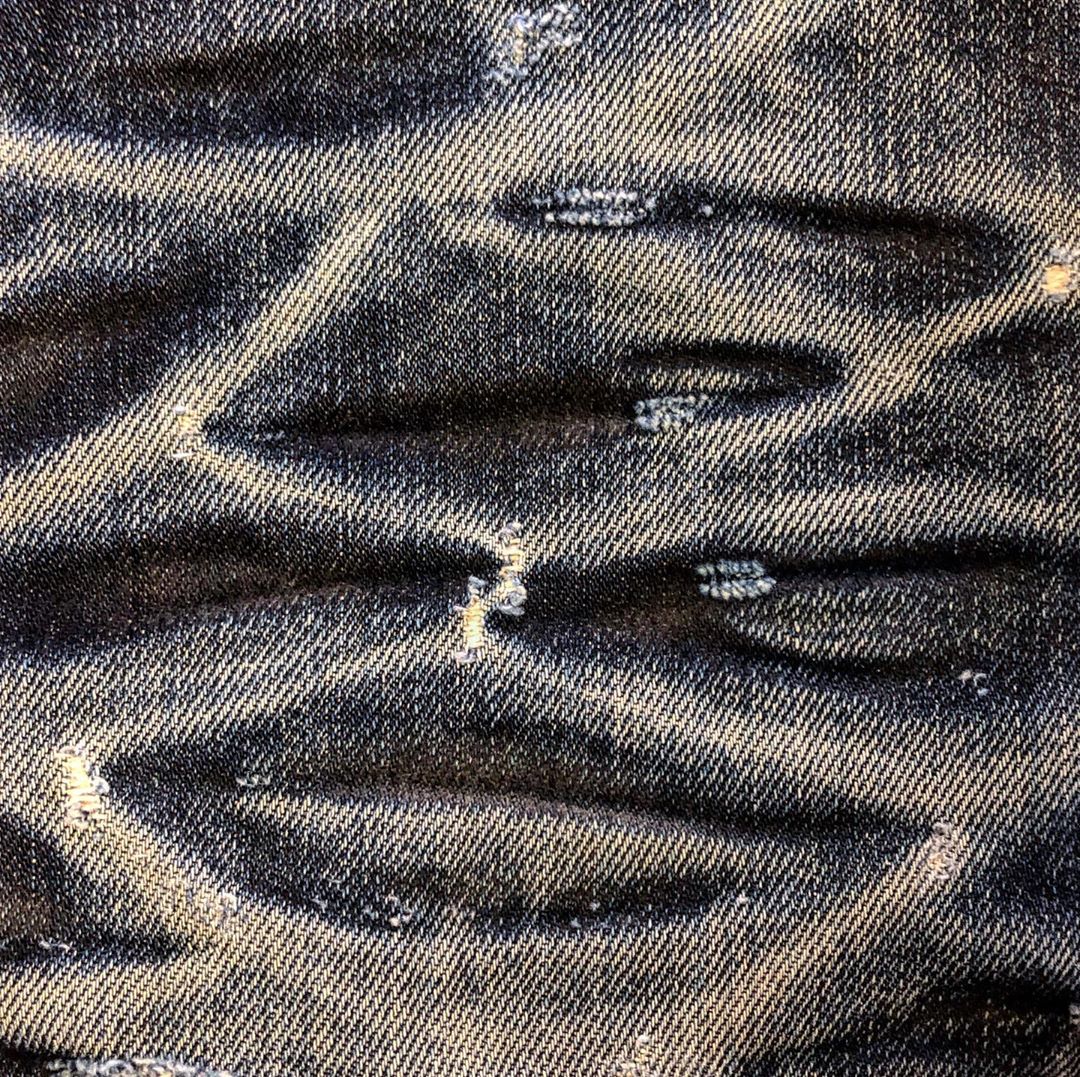

#3: Wear Your Jeans (A LOT!)
This one should go without saying, but you need to actually wear the jeans to get fades.
Wear the jeans as much as you possibly can. Ideally, you wear them all the time, and you wear them hard. The more you wear them and the more you do in them, the faster they’ll fade.
Wear them when you’re cleaning the house, playing with your children, doing gardening, and whatever else you can think of.
Wearing them for (casual) hikes or bike rides is fine, but don’t wear your jeans while running or working out. You’ll likely be sweating quite a bit, which will help you generate fades quickly, but you’ll also be barrelling towards that first wash.
And no, don’t use sandpaper or bleach your jeans! It’s cheating. If you’re in a fading competition, you’ll be eliminated.

#4: Postpone Washing
To get high-contrast fades, you should generally wash them as little as possible. That means no more than every 2-3 months (and that’s assuming, of course, that you wear them every day!).
But life in your jeans goes on. And life gets messy. You might spill something on them, or they might get muddy after a walk in the woods or some time in the garden. Before you throw them in the wash, try these two methods:
1) Refresh your jeans with some fresh air
Wearing your jeans hard and every day can result in, well, smelly jeans. This is totally normal, so don’t fret.
There is a simple solution; let your jeans breathe, literally.
Hang them outside, ideally in windy but dry weather, and let the air refresh them. If the sun is shining, turn them inside out and let them soak up the rays. This often helps. You can also hang them up overnight and wake up to a refreshed pair.
Regardless of when you do it, keep your eyes out for storm clouds. Make sure the jeans stay dry.
2) Spot clean
If you spill something on your jeans, just wipe it off (gently!) with a damp cloth or towel, possibly adding a few drops of water to the stain. Do NOT rub too hard as this will create a bright(er) spot on the fabric.
Be aware that you’ll likely get some indigo transfer on the cloth or towel, but don’t worry. It’ll come off in the wash.
When it comes to dirt and mud strains, let them dry completely and then brush off as much as you can with a soft brush.
Finally, remove any remaining dirt with a damp cloth.
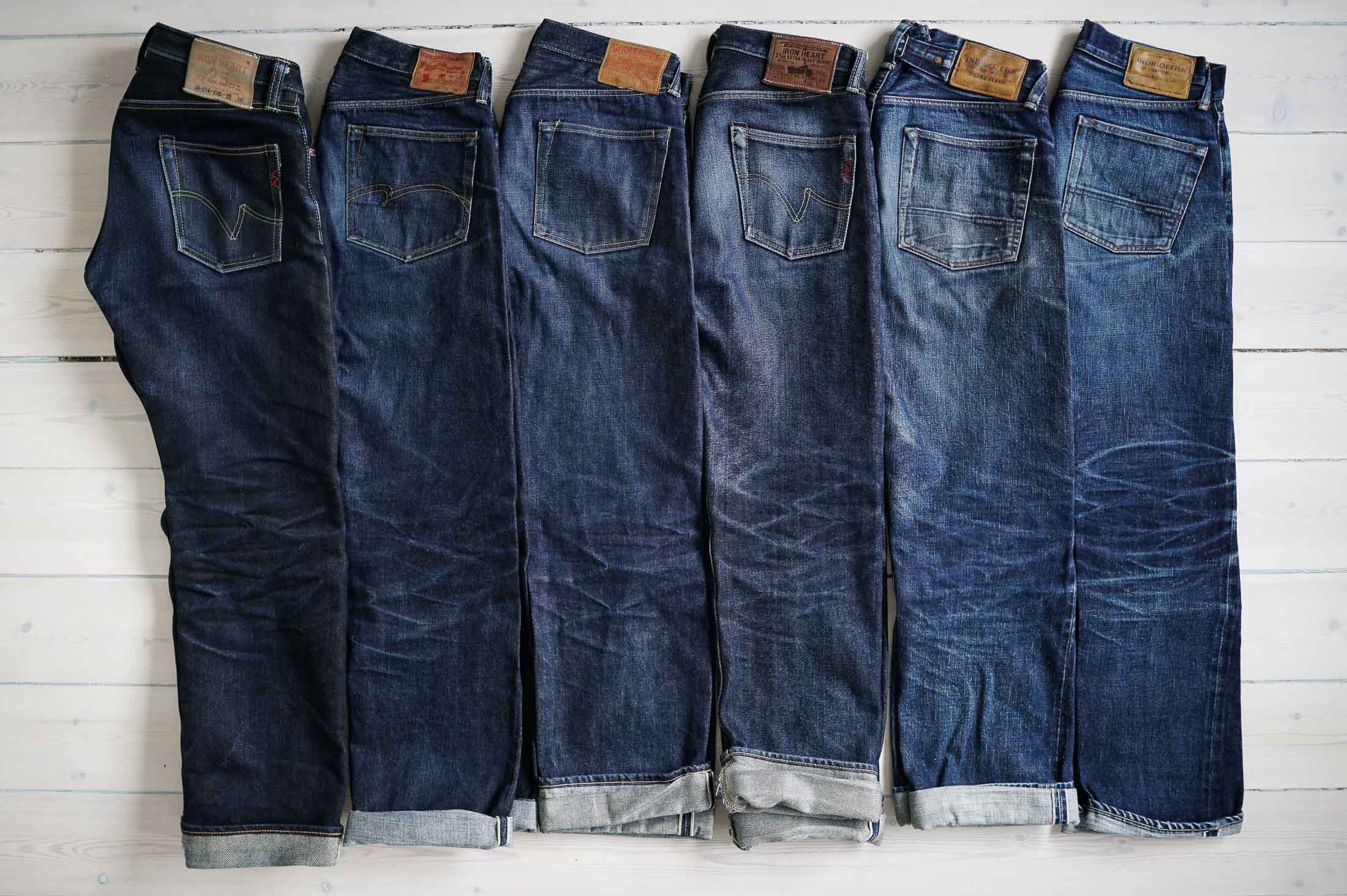
#5: Don’t Wear Other Jeans
Don’t rotate between multiple pairs. Wear the same pair every single day.
If you hear the siren call of a new pair, make it a challenge for yourself. Try keeping count of the number of days you’ve worn them in a row. This will keep you focused on your goal and help you develop a habit of it.
If you want to avoid temptation, put your other pairs in storage, keeping just one back-up pair for emergencies or wash days.

#6: Don’t Wash Too Often
Wash your jeans only when they absolutely need it. If you want those eye-catching honeycombs and whiskers, you want those creases to be set deep in the denim. Washing too early or too often will thwart your efforts.
Aim for triple digits before your first wash. After that first wash, try to put at least a few months of wear in between washes. The longer you can go between washes, the better.
ALWAYS turn your jeans inside out before you wash them, turn off the spin cycle, and straighten them out when you hang them to dry. This helps prevents nasty vertical lines on the legs.
The gentlest approach is to hand wash. If you want them to shrink a little bit, go with warm or hot water. If they fit perfectly just as they are, keep the water cool.
If you machine wash, make sure not to wash them with anything that you don’t want dyed blue. Best practice is to wash them alone or with other raw denim pieces. Choose a low-temperature program, a colour-safe detergent or one (like this one) formulated specifically for raw denim.
Turn off the spin cycle. They’ll be dripping wet (and dripping blue) when they come out of the wash, but this is how you want them. Most denimheads have had to learn this the hard way.
You can learn more about washing your raw denim jeans in this guide.
Best Places to Buy Well-Made Menswear
Whether you’re looking for a pair of selvedge jeans, a denim jacket, a loopwheeled T-shirt, or anything that is made slowly and purposefully, start your search with these brands and retailers:
Support us when you shop: We earn a small commission when you buy from these merchants.
#7 Hang Dry (NEVER Machine Dry)
Take your jeans our of the wash immediately after the wash cycle is complete. Don’t ever put your jeans in the dryer. At least not if it’s high-contrast fades you’re after. Instead, hang your jeans up to dry, ideally outside or in a well-ventilated room.
We recommend waiting until your jeans are bone dry to put them on again. Some faders swear by wearing their jeans damp and doing deep-knee bends, but this can produce unsightly knee-bags (the result of stretched out knees).
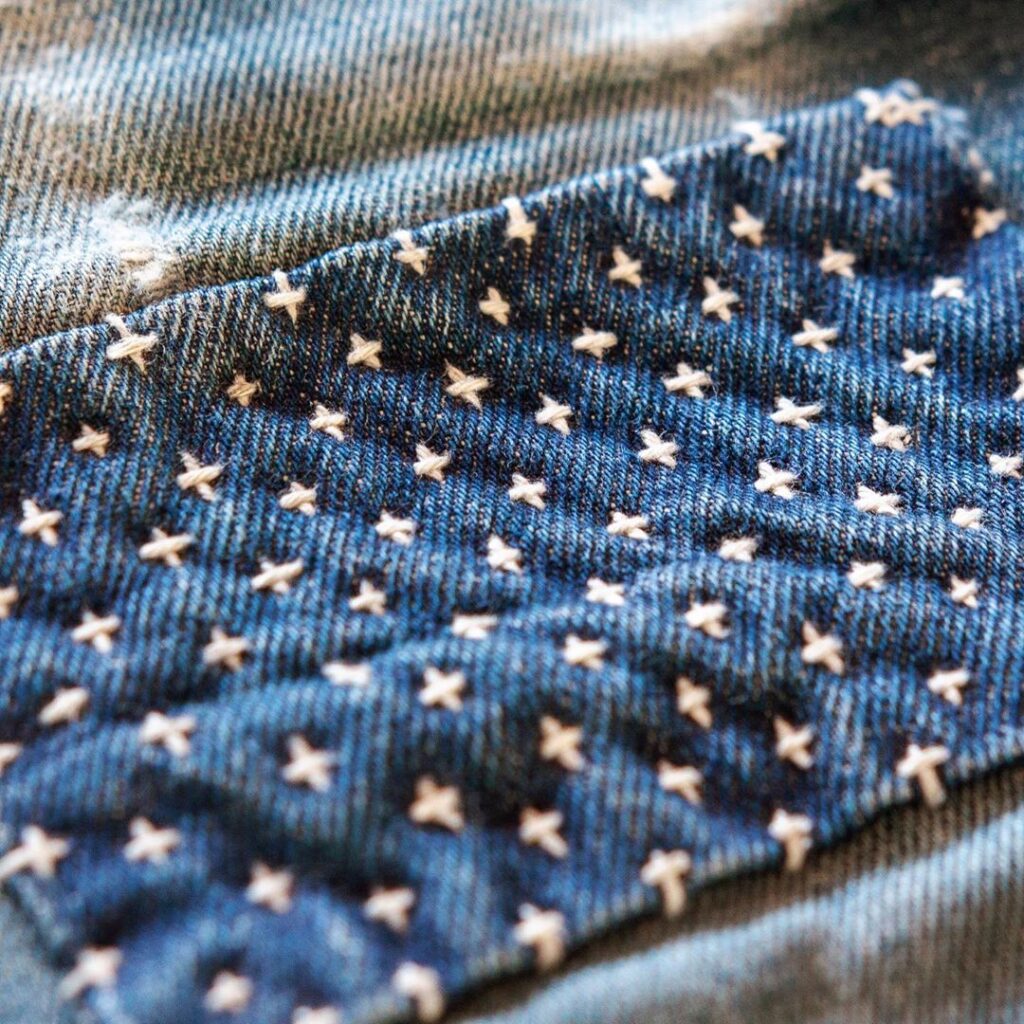
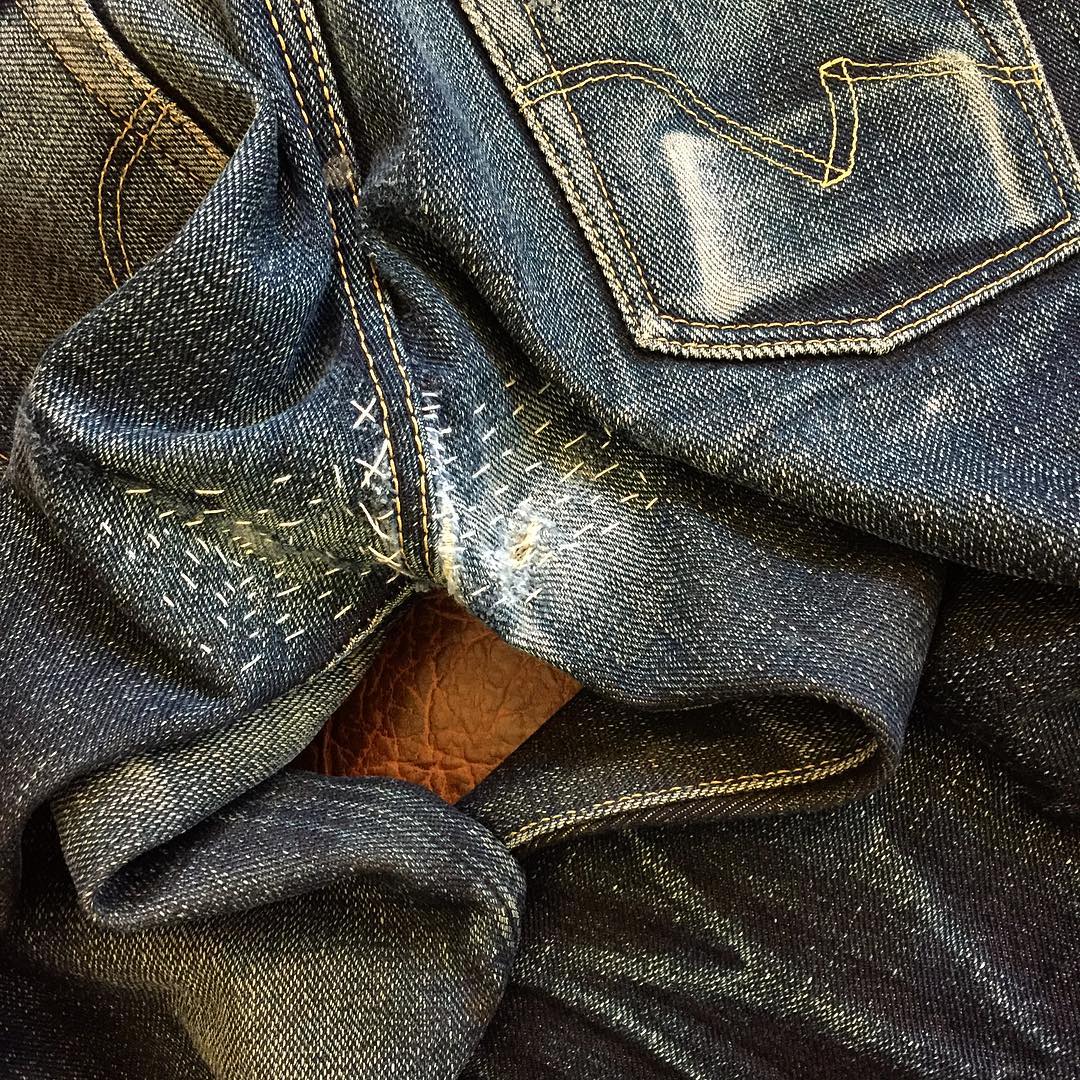
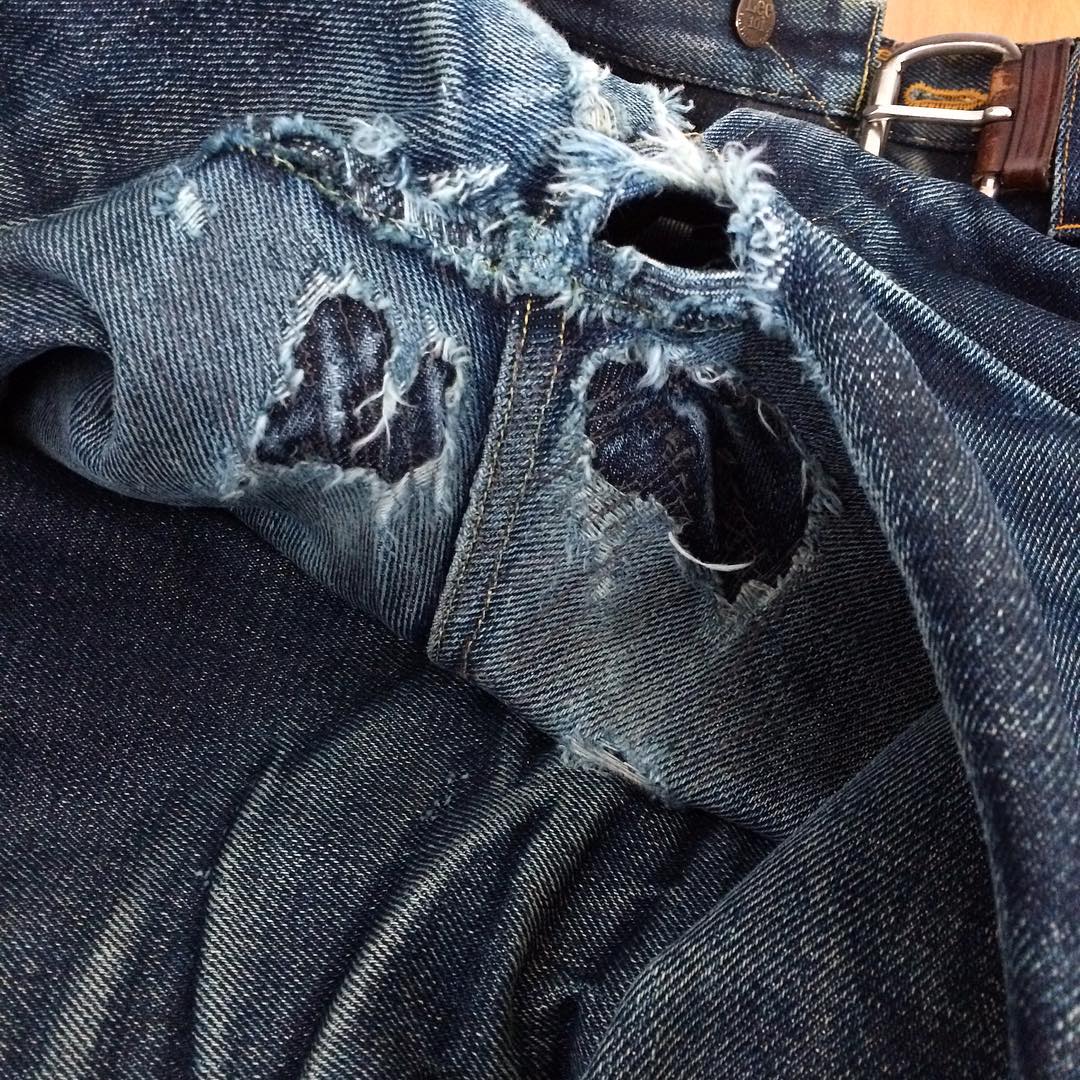
#8 Repair Blowouts Early
If you wear your jeans every day and wear them hard, the denim will eventually break down around the high-stress and high-friction areas (e.g., the crotch and areas where whiskers and honeycombs develop).
The result will be a blowout, which will start small. You don’t need to begin repairs immediately when you notice a blowout developing, but if you ignore it for too long, the small hole will eventually turn into a tear.
As they say, a stitch in time saves nine. Repair or reinforce your jeans when the blowout is still small and you’ll be avoiding those larger and more time-consuming repairs down the road. You can fix it yourself with sashiko mending (there are great tutorials online), or you can take it a professional.
You don’t need to be a wizard with needle and thread to repair the jeans yourself, but if you’re all thumbs, leave it to the experts (or your mum). Most halfway decent tailors can handle simple denim repairs.
Word to the wise: If you’re having your jeans professionally repaired, wash them first. Sour-smelling jeans will quickly turn you into a persona non grata among your local tailors.
#9 Starch Your Jeans
This one is controversial. We’re strong advocates for 100% natural fading, and starching denim really walks that line. If you’re going to try it, best not to brag about it around denimheads. You’ll probably raise an eyebrow or two.
Combs and whiskers are the result of stress on the denim. As the denim relaxes, the stress decreases. Add a bit of starch and the denim will remain crisp and stiff for longer, helping amp up that stress factor.
WARNING! Starching your jeans is frowned upon in fading competitions. If you’re fading competitively, leave the starch on the shelf and let the fades emerge naturally.
BONUS TIP: Join a Fading Competition
Joining a fade competition is the best way to push yourself to create beautiful and eye-catching fades in a remarkably short period. When you turn the act of fading into a communal activity, it’s easy to stay focused on one pair, and you can gauge your progress against other faders around the world.
If you can stay disciplined for the full year, and if you follow the tips we’ve outlined above, you’ll have a good chance at a strong finish—and perhaps even a prize if you really go for it. Even if you don’t finish the year a winner, you’ll have a head-start on the spectacular fades you’re after.
The world’s best and biggest fading competition is the Indigo Invitational. We hope you’ll join us on the starting line for the next one.
Selvedge Masterlist Top Three Jeans
The list of our favourite Japanese selvedge jeans is long, but at the very top of it, you’ll find: Iron Heart 634S, Samurai S710XX, and ONI 622ZR.
Share